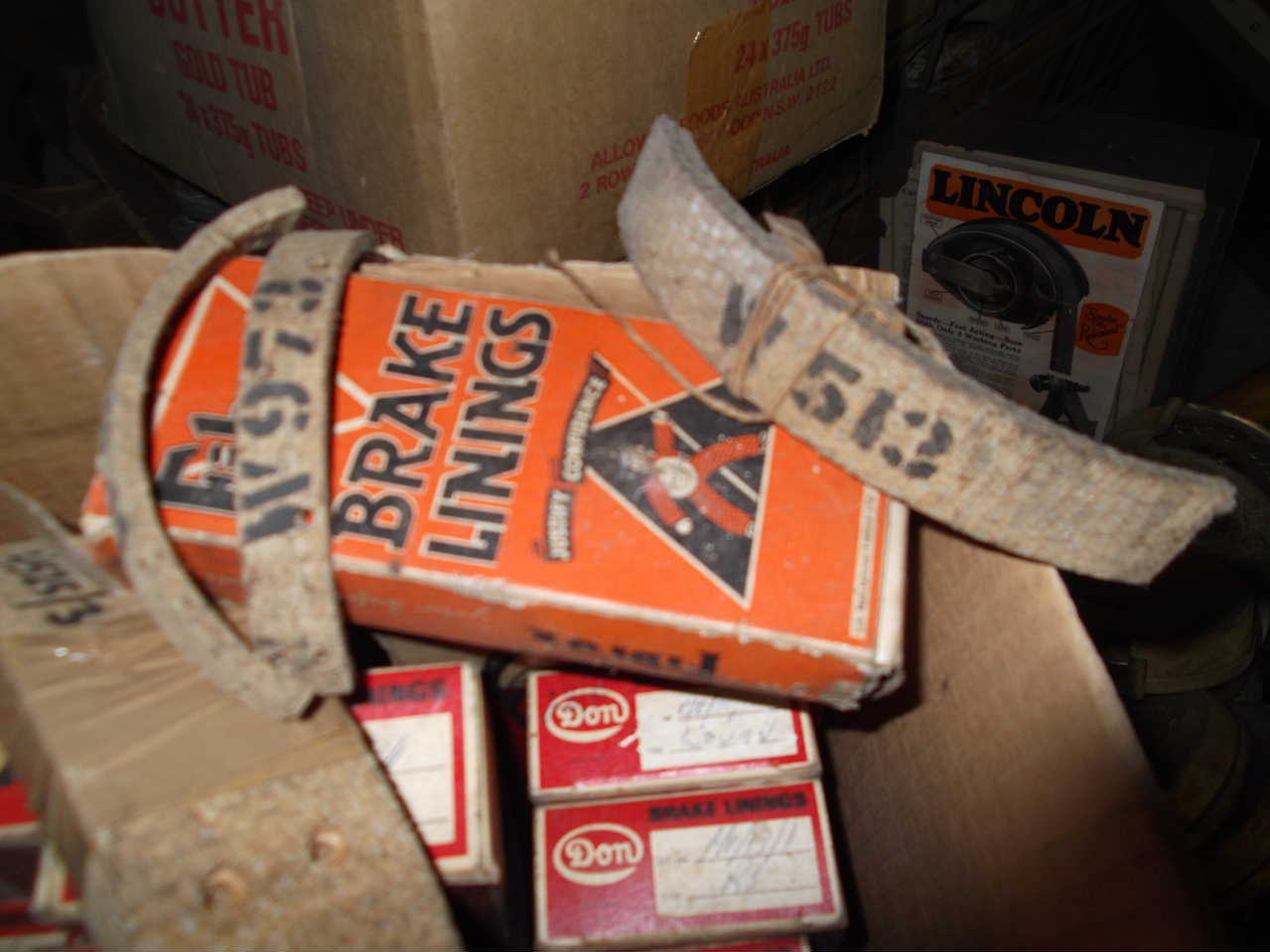Where can asbestos be found in the motor industry?
Asbestos is a natural mineral that is mined around the world. It was used extensively during the 20th century in a number of industries which included construction and automotive. However the inhalation of asbestos fibres has been linked to chronic health conditions such as mesothelioma and asbestosis. Over the last few decades the number of workers seeking asbestos compensation claims has increased dramatically at a cost of around seventy billion dollars. The use of asbestos has now been banned in over 50 countries including the entire European union.
Since 1940 millions of mechanics have been exposed to asbestos and currently there are in excess of 580 reported deaths of mechanics due to working with asbestos, this number is expected to rise in the next 20 years. Asbestos can still be found in many aspects of the automotive trade and if used correctly is a suitable material owed to its ability to act as a fire retardant. There are now a number of garages in the USA which specialise in working on parts that contain asbestos.
Brakes
This is where the majority of asbestos is found but also happens to be the part which is likely to become damaged and therefore dangerous. During use asbestos break pads wear down due to friction. The fibres are usually kept at bay in the housing of the breaks but when the housing is opened (generally done by a mechanic) the dust is released into the air meaning that it could be inhaled by the worker.
Clutches
Whilst most new clutch manufacturers have switched to less dangerous materials there are still clutches being manufactured today that contain asbestos. As with break pads the asbestos is ground down during use and remains relatively safe until tampered with. Amateur car enthusiasts are potentially at a greater risk as they do not have the tools available as professional companies and therefore may result in using primitive methods of removal such as dislodging the clutch with a mallet.
Hood-liners
During the last 30 years millions of cars have been produced with hood-liners that contain asbestos and whilst they excel in the role needed due to its heat resistance it can be extremely dangerous if not maintained or if it becomes damaged! Many people also choose to remove the hood-liner unaware of the dangers, this in itself is not necessarily dangerous however the hood-liner often is disposed of inappropriately and therefore puts the general public at risk.
Asbestos has also been found in gaskets, exhaust systems and heat seals although this is rarely seen nowadays.
Hazardous- Cleaning.
When a motor vehicle is taken into a mechanics for a service, several parts are often cleaned during the inspection, however several methods have now been frowned upon by the EPA (environmental protection agency) who have implemented regulations on how the cleaning should be practised. They advise that:
- Using a vacuum cleaner is not adequate as it is not precise enough to pick up all of the asbestos fibres (which are generally not visible to the naked eye).
- Using a dry rag, wet rag, or brush can often spread the fibres around the workplace making them even harder to remove.
- If your workplace is performing more than 5 asbestos related jobs per week you need to implement either a Negative-Pressure Enclosure Vacuum System or a Low Pressure/Wet Cleaning Method to ensure the safety of your employees.
Author Bio; Adam Howard – Atrium Legal
Atrium run a workers compensation blog that provides info and advice on many work related health topics. One of their specialist areas is asbestos. They also offer assistance in making asbestos compensation claims against employers who failed to protect their staff.





